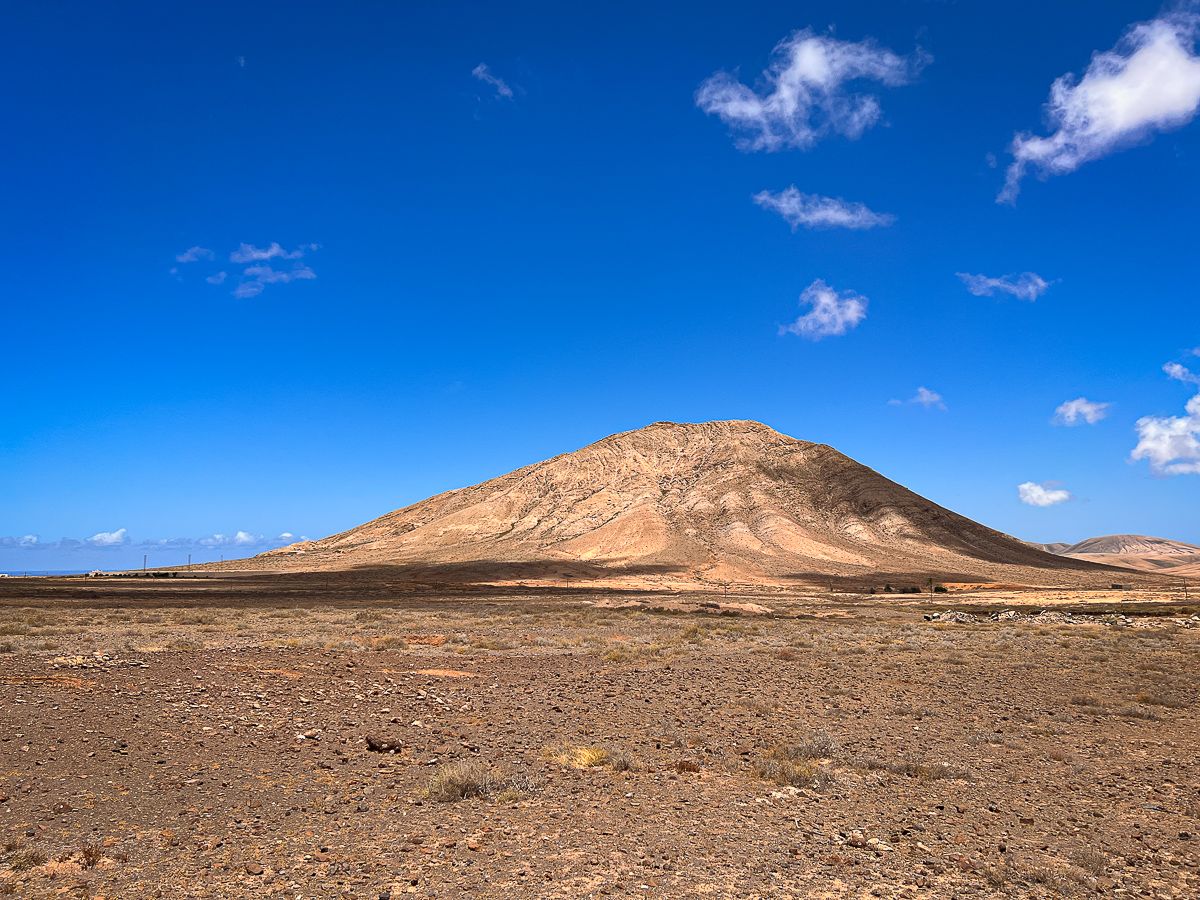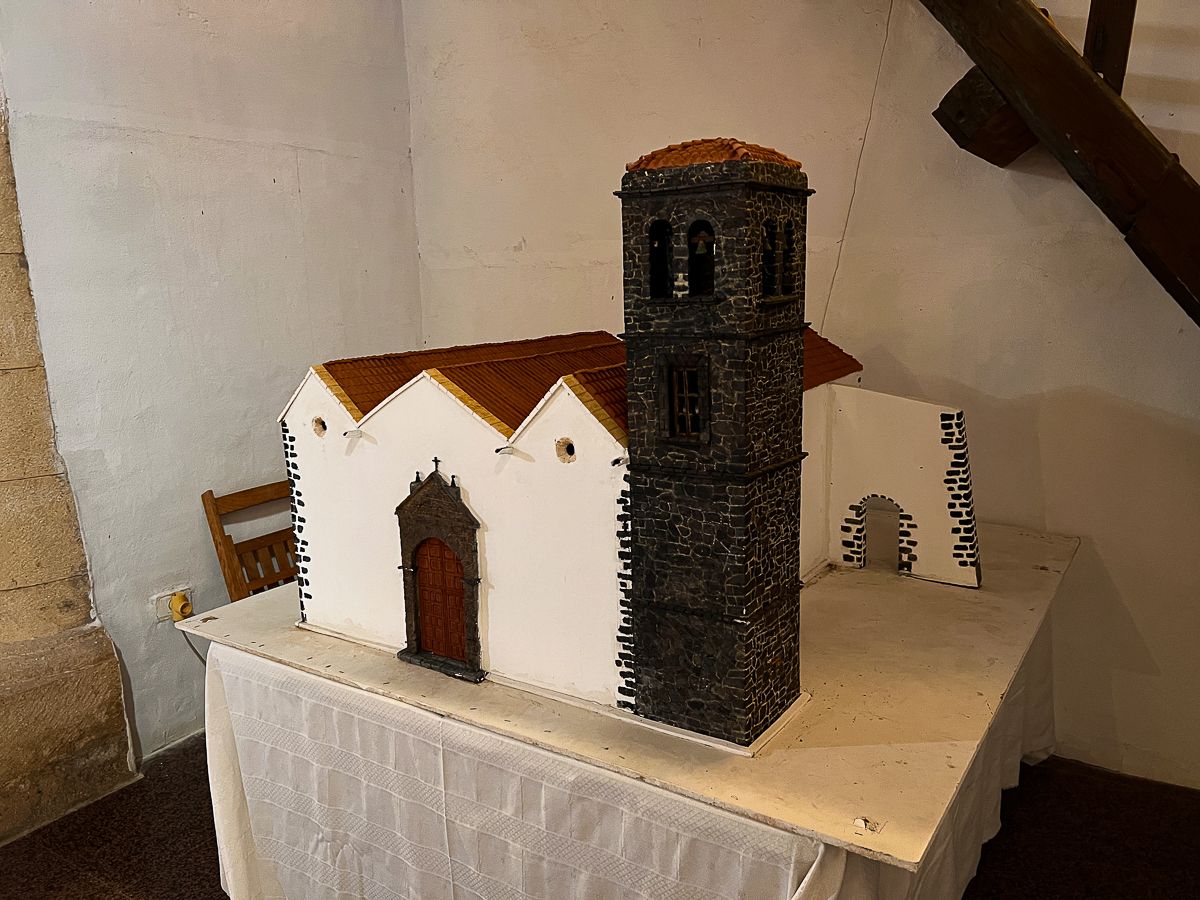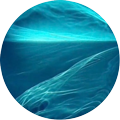Check out the previous reports of my Fuerteventura photo diary here (Day 1) and here (Day 2).
After acclimating to my new surroundings, I was ready for my first island excursion on day 3 of my stay.
And so I went having a look at La Oliva, the former administrative center of Fuerteventura.
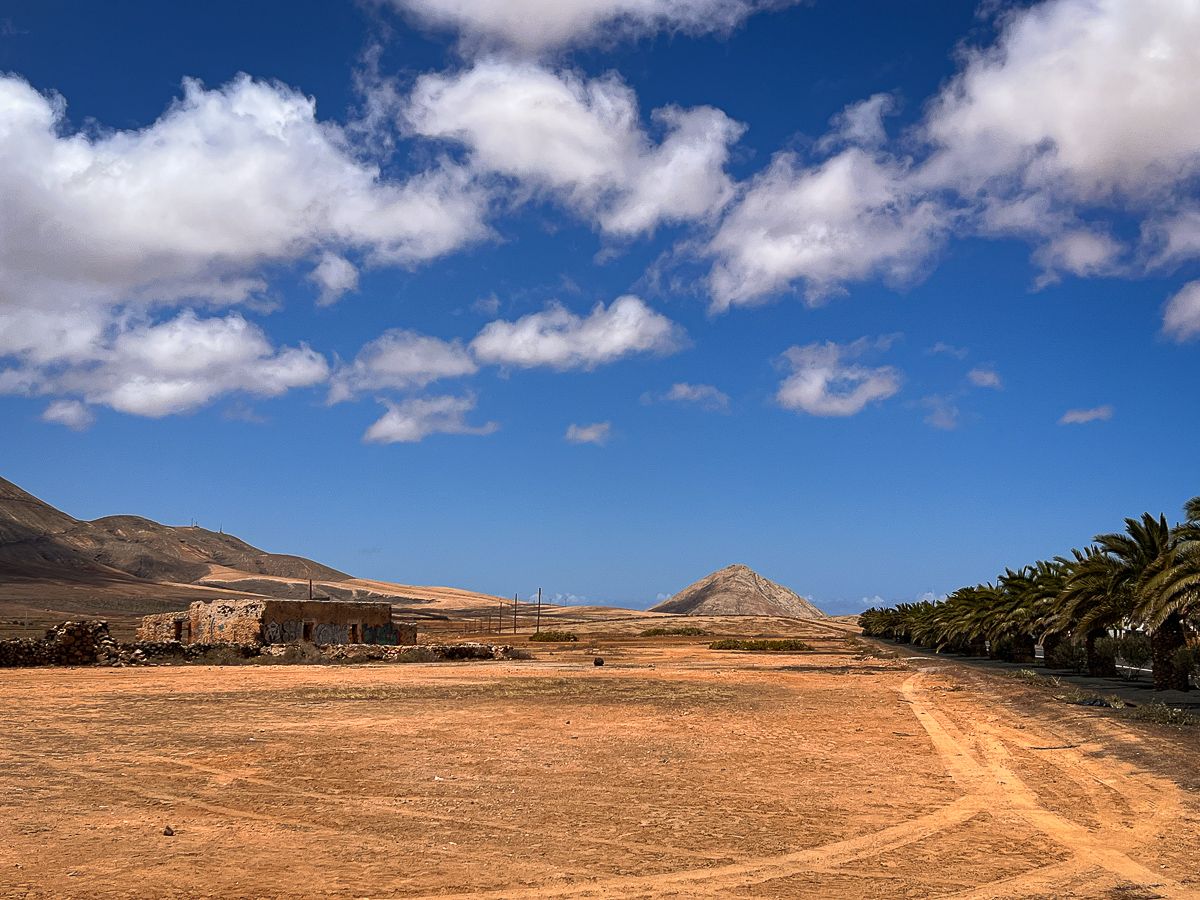
Approaching the outskirts of
La Oliva. The hill in the background has the shape of a pyramid. In conjunction with the avenue of palm trees it gives the scene a peculiar oriental feel.
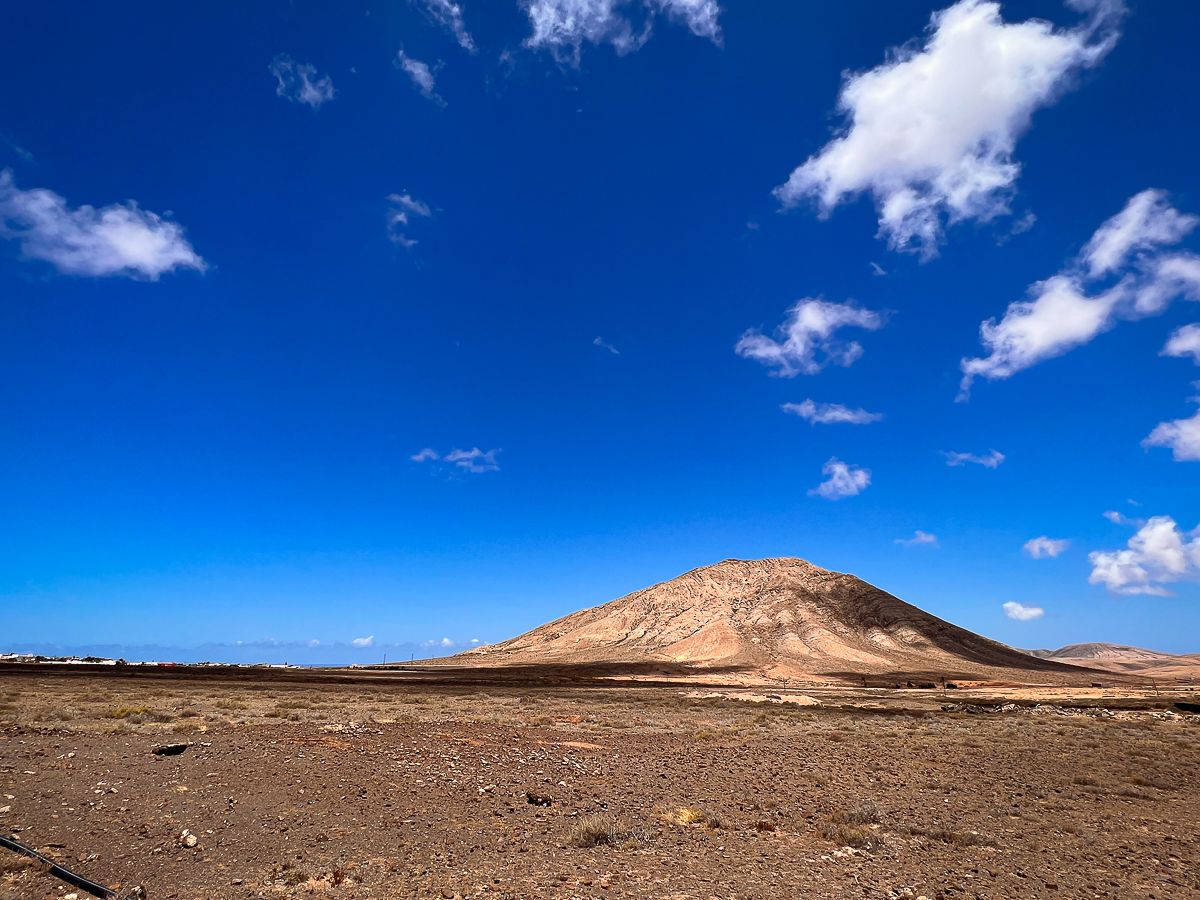
Characteristic for La Oliva are the volcanic hills that surround the small village. Except for the clouds and the blue sky, I imagine it looks similar on Mars:
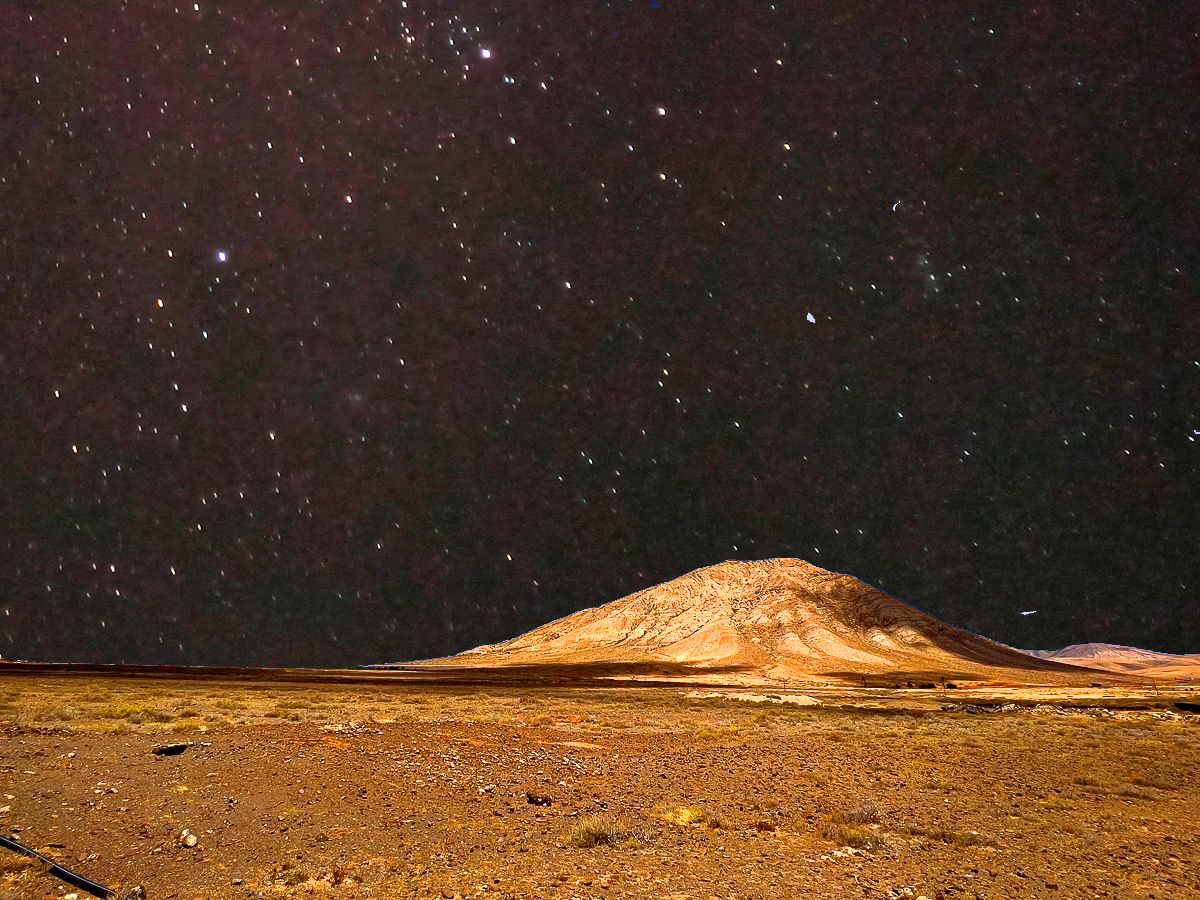 (Starry sky provided by @edgarafernandezp through the LIL - Hive's largest free image library.)
(Starry sky provided by @edgarafernandezp through the LIL - Hive's largest free image library.)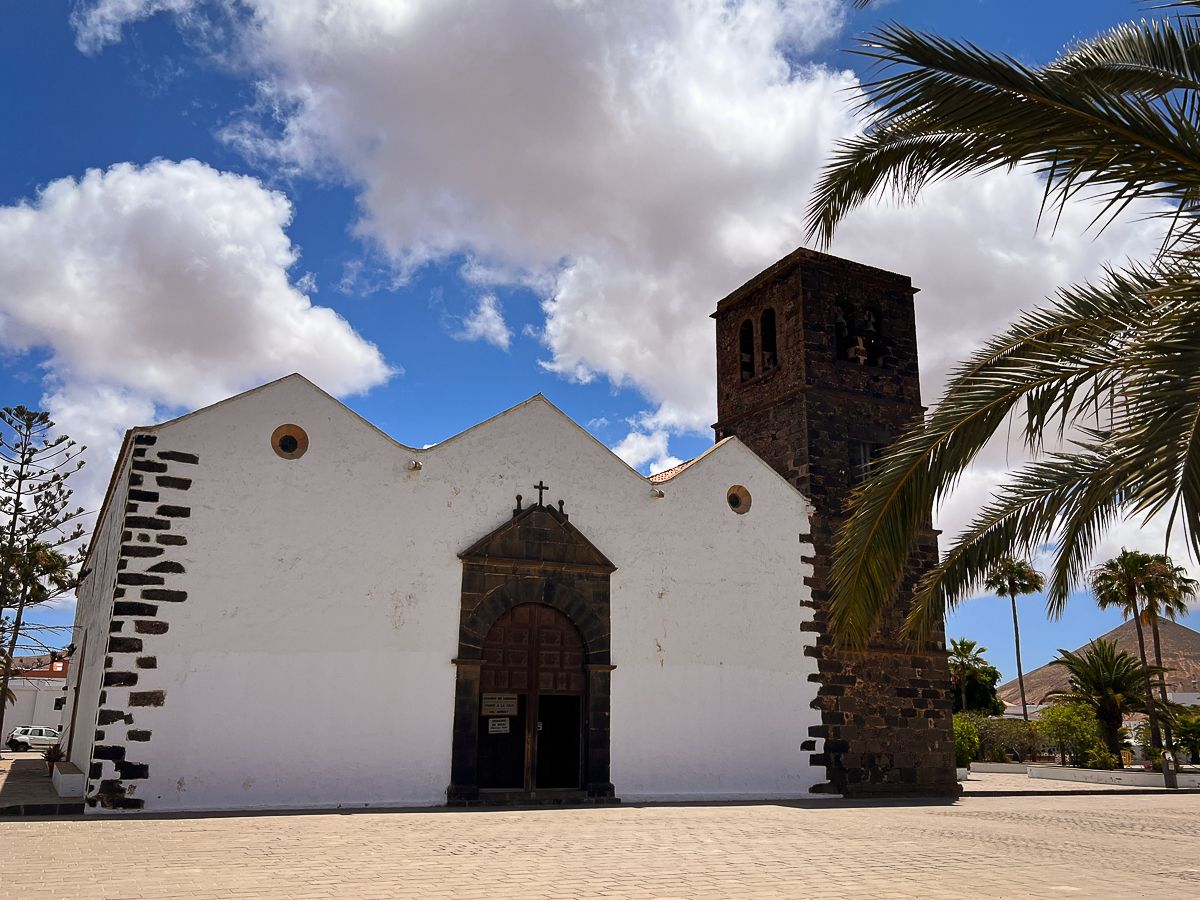
Arriving in La Oliva. The church
Iglesia de Nuestra Senora de la Candelaria represents the former importance of La Oliva with its three naves and the mighty bell tower.
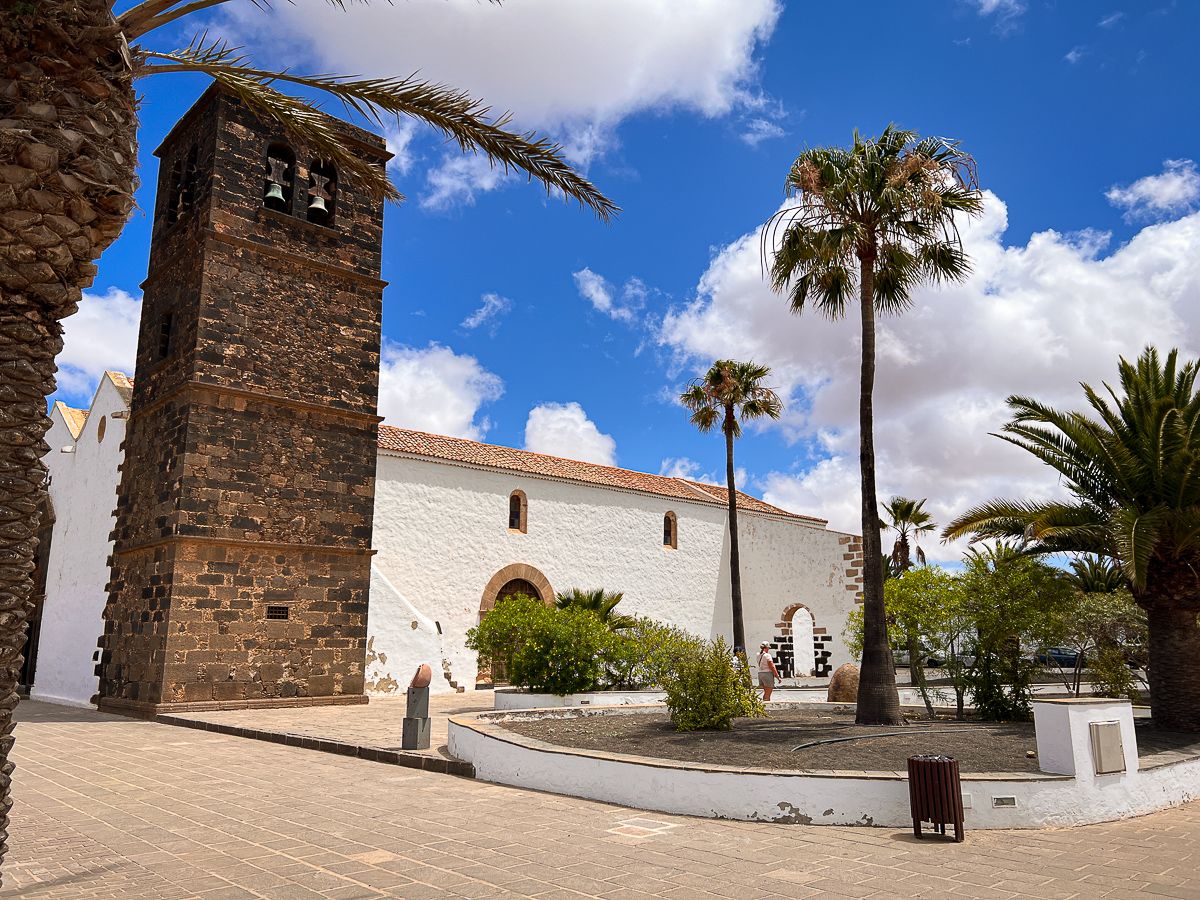
The entire exterior of the church is whitewashed, except for the bell tower which is made of so-called Molinera stone.

Inside of the church a baroque type of interieur. The polyptych of the main altar is the work of
Juan de Miranda Cejas (1723-1805), who is claimed to have been the most skilled Baroque painter of the Canary Islands. Unfortunately, it was not possible to get closer to catch the details of this artwork.
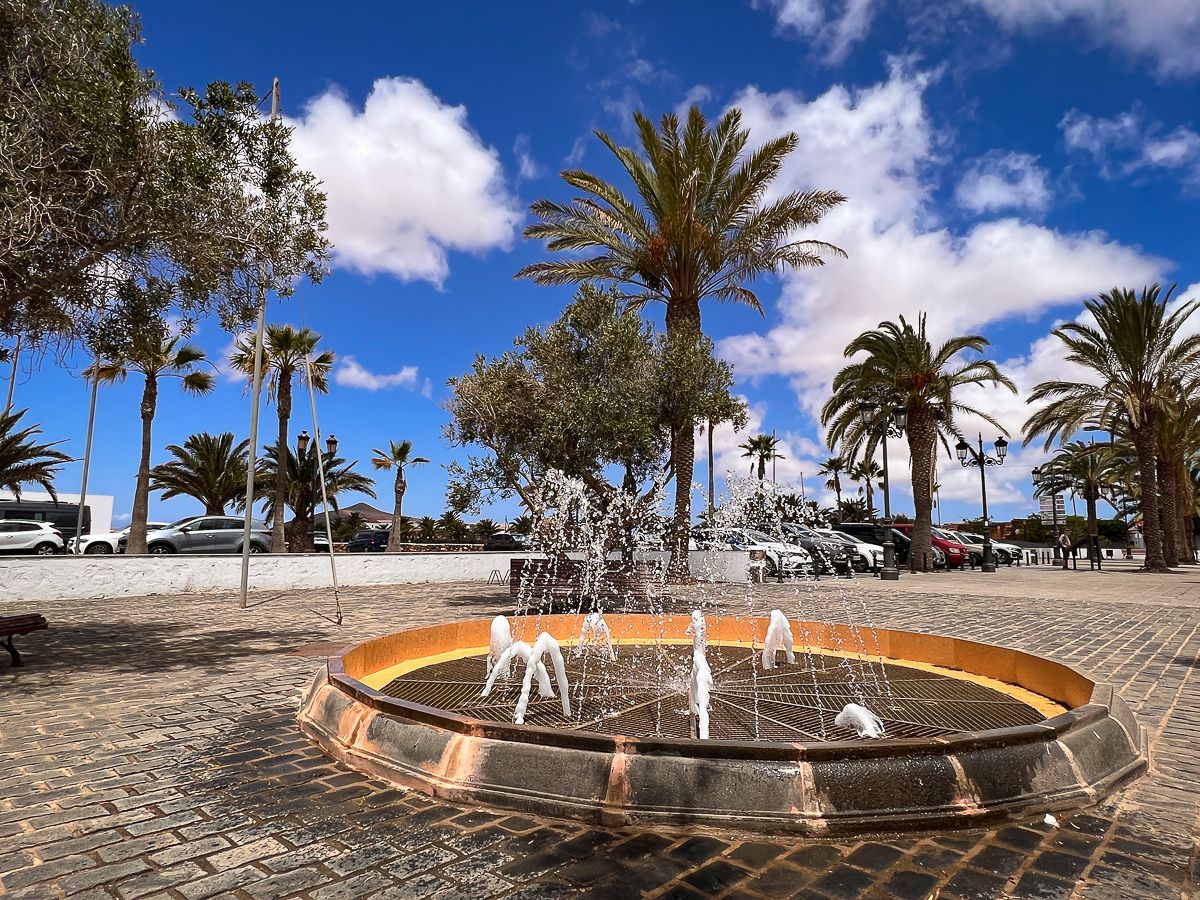
A fountain on the church square creates a refreshing microclimate which invites to finish today's excursion in the cafe next to it.
Thanks for following along and see you back next time 👋.
Photos recorded by myself with an iPhone 13 Pro. All rights reserved.


